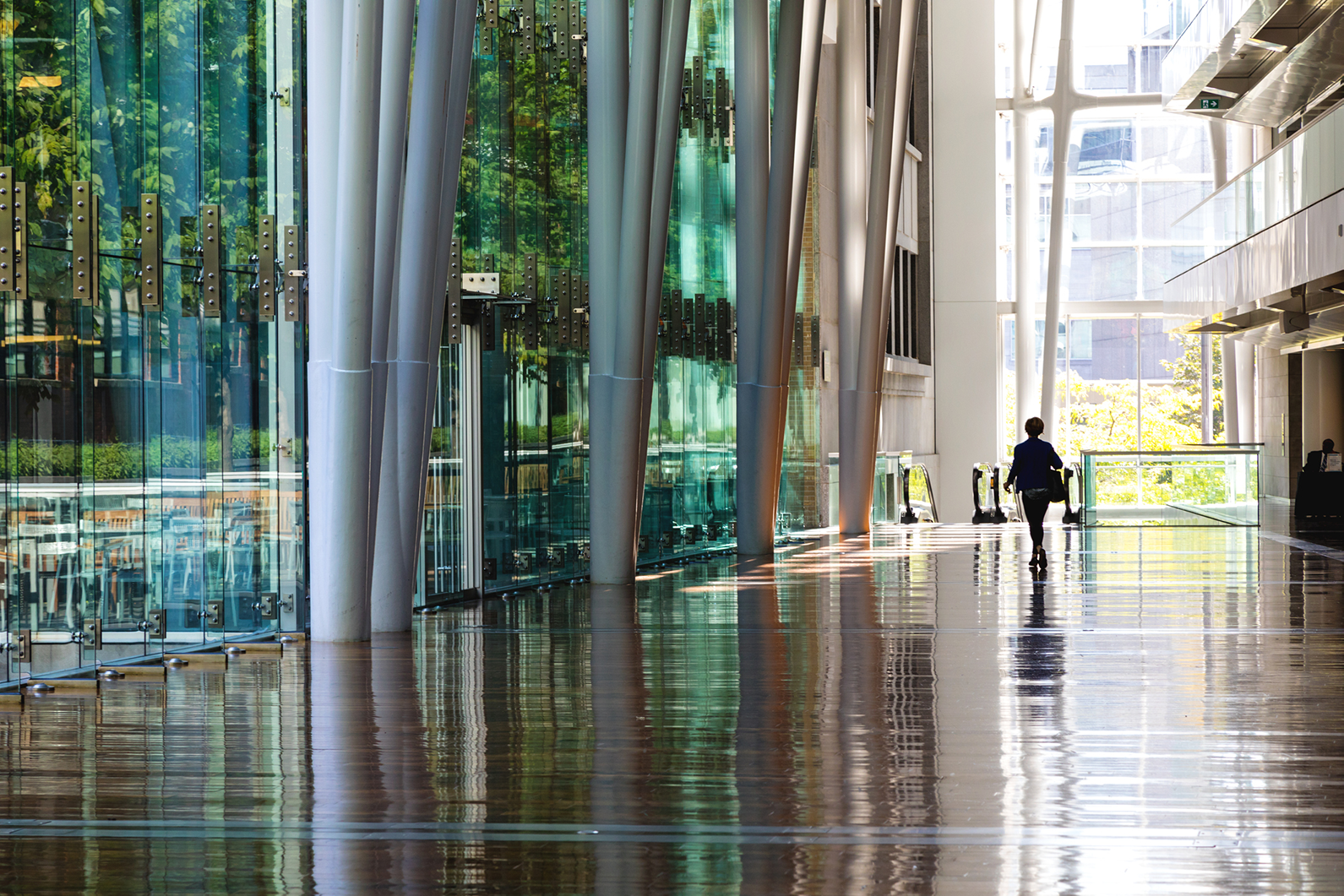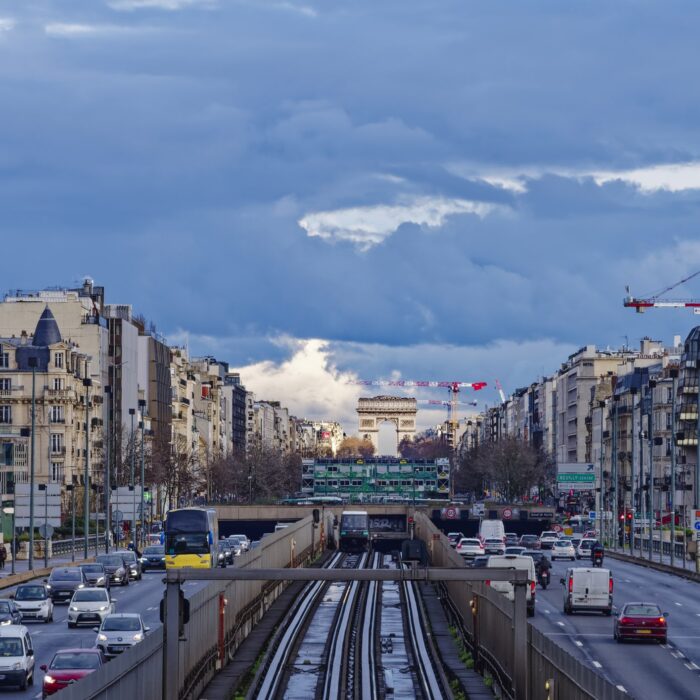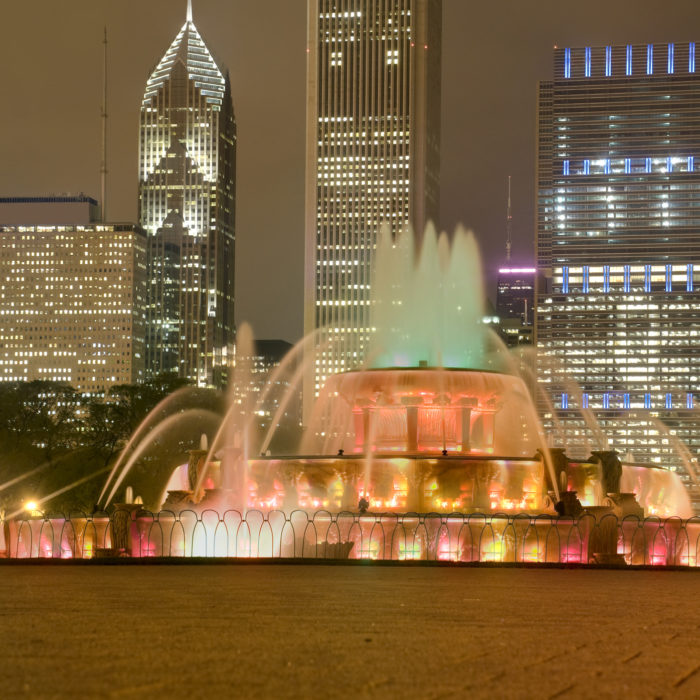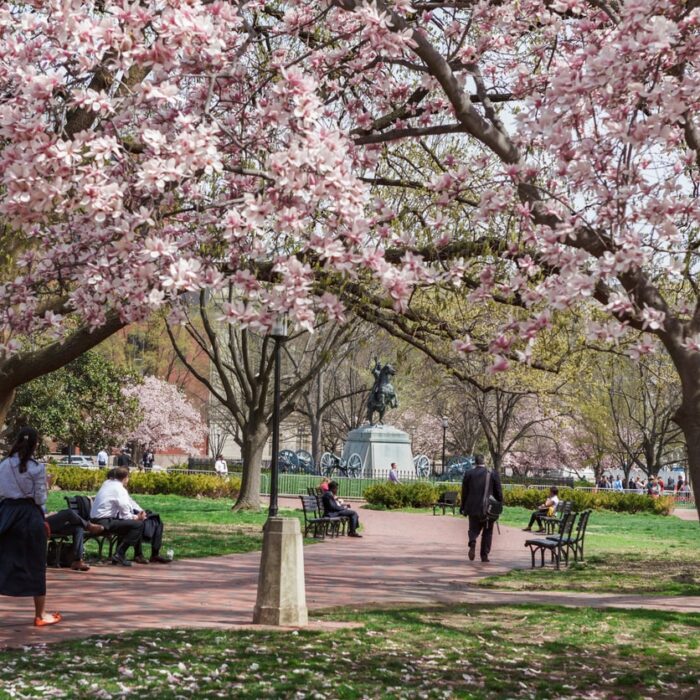I just returned from an action-packed week at Connections (Salesforce’s banner event for marketers) and I gotta say — it feels good to be back with the Ohana.
It’s been a hot minute since in-person Salesforce community events were in full force. Dreamforce 2019 is the last big thing I attended prior to this event. As we ramp back up, I’m realizing that some of my team members, customers, and friends in the ecosystem actually have never attended a Salesforce event. And those who have are a little rusty (I know I was.)
If you’re looking to get more involved in the Salesforce ecosystem through events, here are a few rules/guidelines you can follow to maximize the benefits.
Rule 1. Mix it up and attend both “official” and “community” Salesforce events
There are a few types of Salesforce community events that might come across your radar. And there’s value in attending all of them.
Each event type brings something unique to the table. If you have the opportunity to, I’d recommend engaging with a mix of Salesforce-sponsored and community-led events.
Salesforce User Groups
Local events led by a community member, customer or partner. Topics are often how to/best practice oriented. They’re usually 20-30 people, sometimes more in bigger metro areas.
Search for Salesforce user groups in your region here.
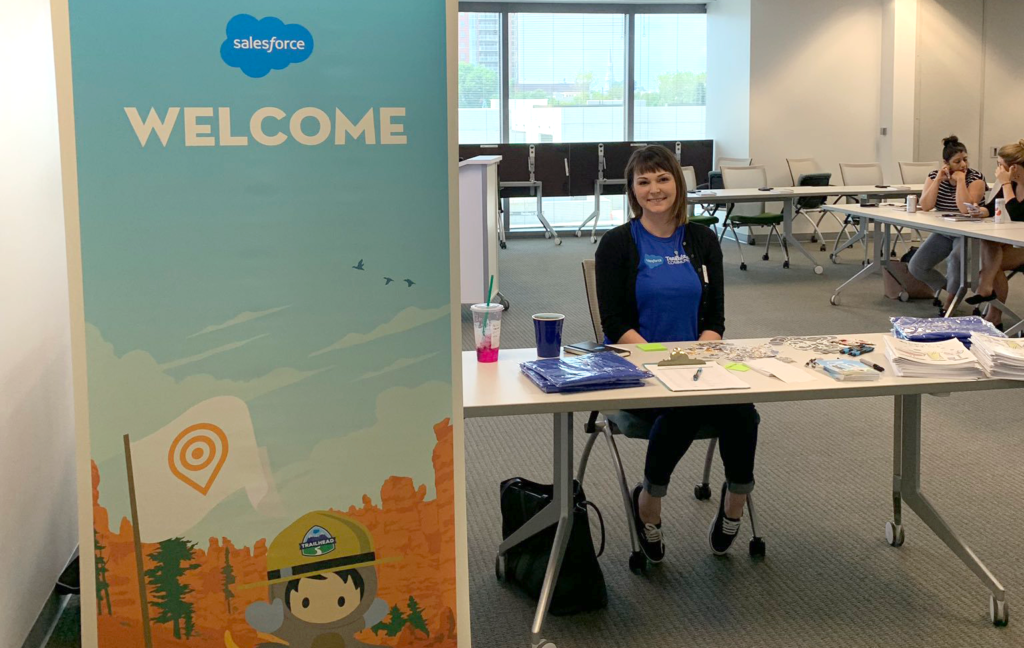
Salesforce World Tours
These are usually in a big city and are official events put on by Salesforce (free to attendees). Expect a couple thousand people, a big expo hall, dancing mascots, and a high energy keynote full of product news and big logo customers. Oh, and post-event happy hours from vendors and partners.
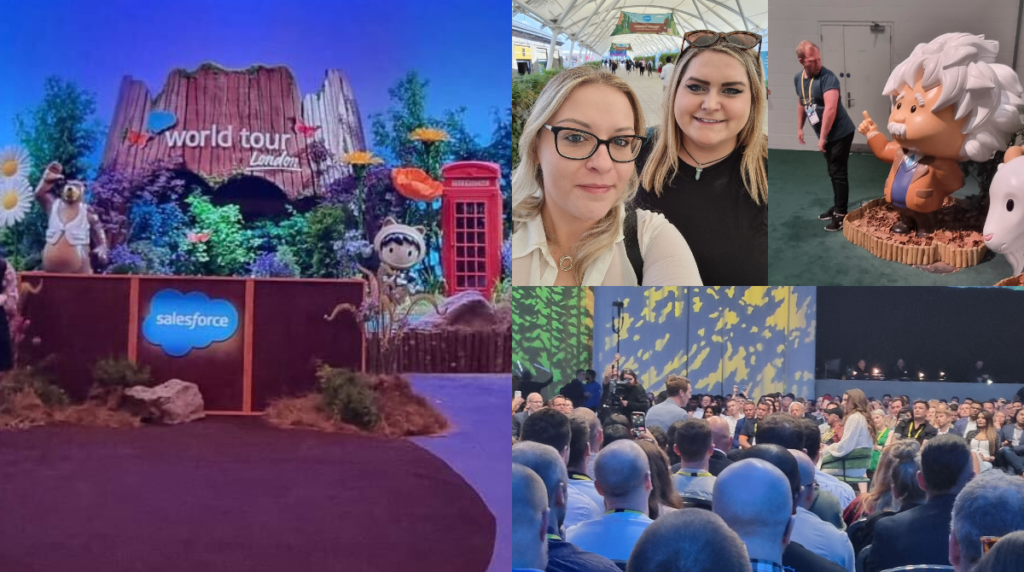
Dreamin’ Events
Although increasingly virtual or hybrid, these are usually in a big city and put on by members of the Salesforce community for a modest fee (usually $100-300). In other words, they’re created by Salesforce users, for users, and are loosely sanctioned/supported by Salesforce.
The content is totally different in comparison to Salesforce World Tours. There’s no “selling” angle in mind — instead, you’ll find “in the trenches” advice from admins and hands-on folks with lots of real talk. This is a great place to find your people and meet someone you can call with an SOS when you’re stuck on something.
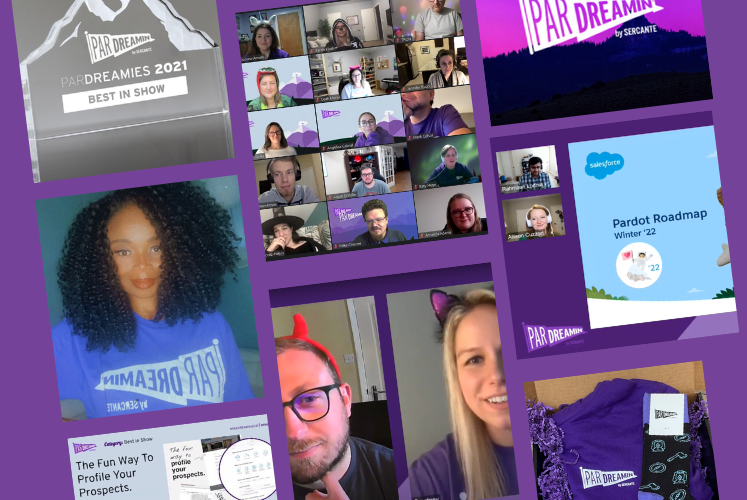
Dreamforce
This is the Superbowl of Salesforce. There’s a huge volume of content catered to almost any audience, and Salesforce pulls out all the stops to make this a fun, flashy, and engaging event. And the entire partner ecosystem rallies to woo customers, throw parties, and celebrate headline product news.
The price tag is $1-3Kish depending on discounts and how early you buy your Dreamforce ticket.
Pre-covid, they shut down multiple city blocks in San Francisco and had nearly 200K people. This year, rumor has it that attendance will be capped at 30K (but limited info out about that yet.)
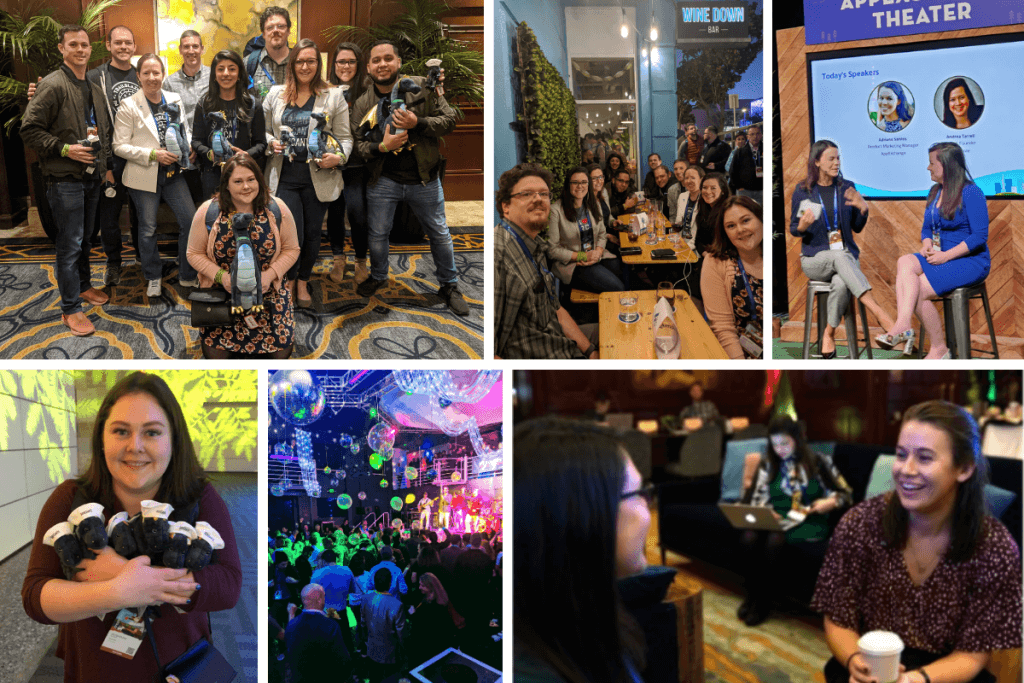
Salesforce Connections
Already happened this year, but for future reference, Connections is like a mini Dreamforce for marketers (also Salesforce sponsored). It’s been in Chicago for the last several years, and is the place to be for customers (or would-be customers) of Marketing Cloud and Commerce Cloud.
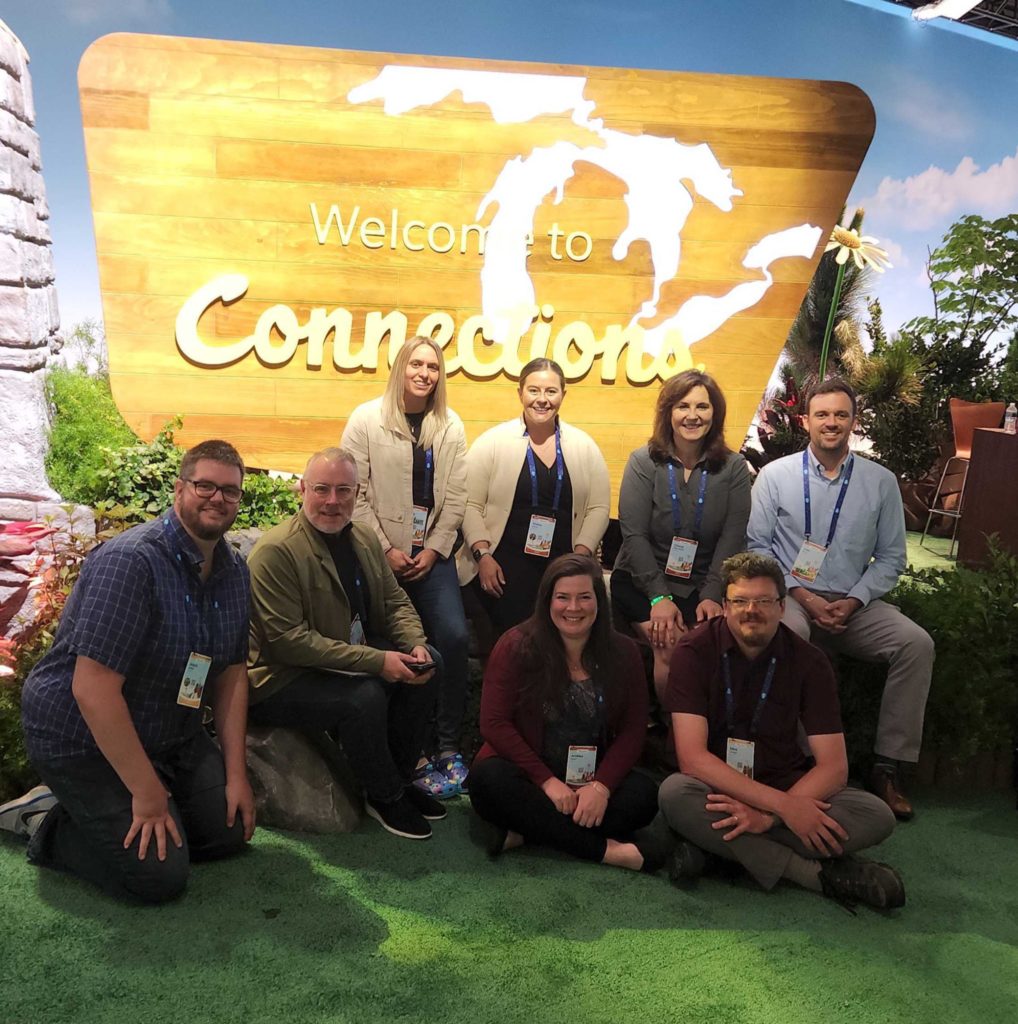
Rule 2. Define your goal for participating
Do a little soul searching to figure out your ‘why’ for attending these events. Your objectives for attending Salesforce community events might include:
- Tactical, how-to learning
- Getting ideas & inspiration
- Networking with other users
- Meeting your Salesforce account team
- Recruiting
- Sales & prospecting
- Learning about interesting products that work with Salesforce
- Evaluating prospective partners
- Building a personal brand in the ecosystem
Determining what’s most important to you will inform what events you should prioritize. As a rule of thumb, I would say user-led events are the best for tactical, how-to learning.
Rule 3. Get digital business cards
I completely forgot business cards were a thing until Connections. Surely I have a stash of pre-covid cards somewhere in my house… but it didn’t even enter my mind until I was ready to swap contact info with someone.
I was surprised to see A LOT of people using QR codes for an efficient contact info swap. Some people connected this to their Linkedin, and others had a QR code that created a contact record in the scanning user’s phone. I will definitely be doing this before the next event!

Rule 4. Don’t just attend… speak and volunteer!
Once you have a feel for what these events are all about, I highly recommend throwing your hat in the ring to speak. I’ve found speaking at events to be incredibly rewarding and fantastic for networking.
You know you’ve found your people when you can get up in front of a group and say
“I worked on XYZ, I struggled with ABC, and here’s where I’m at,” and see heads nodding. It’s validating to find others who have the exact same challenges and know we’re all figuring this thing out together.
I’m a big believer that we all have something to learn and something to teach. If you’re reading this thinking “I have nothing to speak on” — check that imposter syndrome.
Another great way to get more engaged is through volunteering. As someone who isn’t a particularly natural networker, working badge check in desks used to be my go-to to meet people in a low-pressure way.
Rule 5. Pick what sessions you want to prioritize
When it comes to the bigger conferences and Dreamin’ events, it’s not uncommon for popular sessions to fill up and not be able to accommodate everyone who wants to join. Skim the agenda before you go and pick three things you really want to attend.
Pro tip: If you see Circles of Success on the agenda, pick those! They’re group discussions and rarely disappoint.
Rule 6. Try to figure out who you want to meet… in advance of the event
Ask around (i.e. customers, partners, friends, Salesforce AEs) and see who’s going. Events are a great opportunity to get some facetime with people you only work with online. Skim the speaker list — anyone with an interesting background?
Ping these folks before the event and set up a coffee or lunch date, or plan to go find them the day of.
(And if you don’t know anyone who’s going — not to fear. You can still have a great networking experience attending live! This extra step ensures you get the value you were hoping for out of the event.)
Rule 7. Check out Twitter
The Salesforce ecosystem is active on Twitter. That means it’s the place to be for social connection during the actual event.
For bigger events, follow the event hashtag to see pictures, find information about happy hours and adjacent events, read people’s hot takes, and more. Many user groups also have their own Twitter accounts and hashtags.
Pro Tip: Follow the #SalesforceWorldTour hashtag.

Rule 8. Don’t skip the “real life” social parts
After a long day of networking, you might want to head home or get back to your hotel room to decompress. But you’d be missing the best part — happy hours, dinners, and spontaneous post-event hang outs are some of my favorite memories from Salesforce events. That’s because people tend to be more relaxed and aren’t rushing to the next thing.
If the idea of unstructured open networking makes you green in the face, then try thinking of a few questions to keep in your back pocket.
For example:
- What was your biggest takeaway from the event?
- Are you working on anything you’re excited about?
- What do you see as the biggest barrier or struggle with Salesforce at your organization?
- Have you ever seen a ghost? (Seriously — someone asked me this once at a happy hour, and it led to the most interesting group conversation ever.)
Rule 9. Say thank you and follow up
Most people consider the event over when it’s…. well, over. But the magic is staying connected and building on value you got from the event.
What relationships can you nurture? Who can you say thank you to? Do you have any thoughtful resources or help you could offer a new acquaintance?
If all else fails, at least fire off a few Linkedin requests.
Salesforce community events propel careers
I can’t tell you how many people I’ve met at Salesforce community events who later became teammates, clients, and partners. And I get it. These things aren’t easy for natural introverts like me.
What I can tell you is someone else in the room is likely experiencing the same anxiety you’re feeling about being in these situations. And there’s luckily a big enough variety of Salesforce community events to accommodate all social situation comfort levels.
- Not a fan of crowds? Check out an intimate user group meeting in your area.
- Don’t wanna be around people at all? Connect with Trailblazers through a virtual community group meeting (this blog post has a few examples).
- Rather blend in with a crowd? Dreamin’ conferences have a spot for you to soak in all the educational in-person sessions.
Bottom line is — get yourself out there. You’ll connect with people who have similar work experiences and learn a few things. And, who knows, it may lead to your next big opportunity.
Have any nuggets of wisdom for attending Salesforce community events that we forgot? Tell us about it in the comments section.
